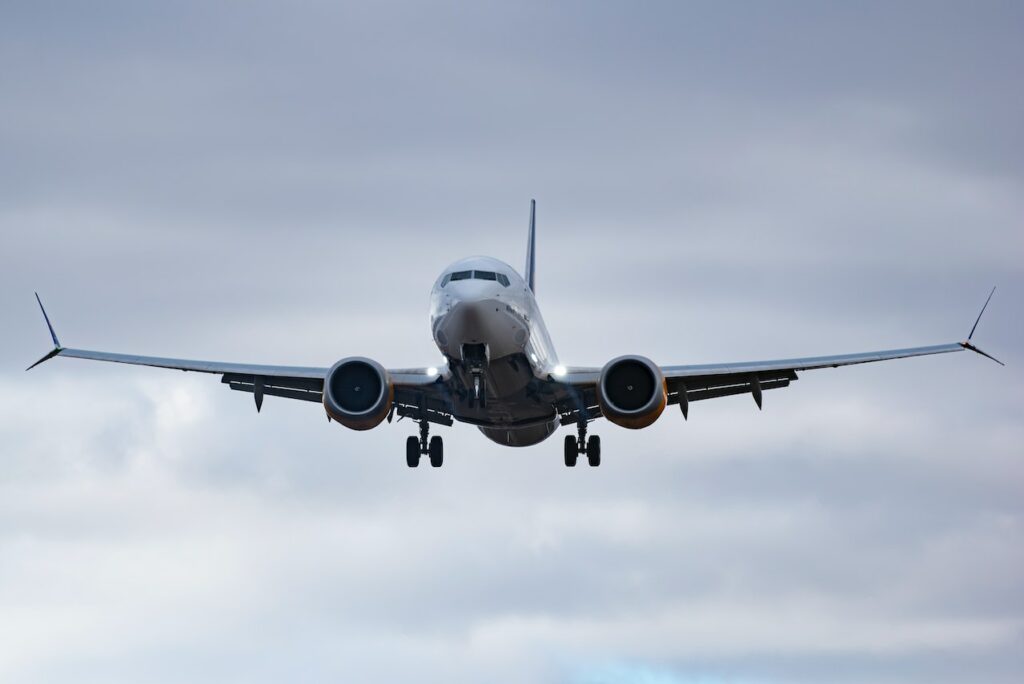IBA, a leading aviation market intelligence and consultancy company, has published its expectations for 2024 for global aviation.
Their report investigates macro-economic factors, supply and demand, and challenges to airline and aircraft values. In this article we review some of the key takeaways of the IBA outlook for the coming year.
Macro-Economic Forecast
Heading the macro-economic outlook is Dr. Stuart Hatcher, Chief Economist at IBA, who anticipates small rate cuts of approximately 25 basis points emerging mid-year.
The intricate dance of inflation, particularly in the US, is expected to subside, albeit falling short of the target. The global GDP outlook remains flat, hovering close to 3%, with a dependence on the evolving Chinese market.
“Trading will improve to the extent that even asset-backed securities will be back on the agenda. Finally, OEM performance will align with the GTF engine fallout in early 2024 which, at this point, continues to remain an unknown to the industry,” Hatcher concludes.
“Deliveries will continue to improve but remain south of OEM predictions. IBA believe the GTF issues have more to offer in addition to Boeing’s quality issues. At this point, we don’t see 2018 delivery levels being surpassed until mid-way through 2025.”
[monsterinsights_popular_posts_inline]

Economic Landscape
Hatcher highlights the dislocated nature of central banks, projecting a persistently strong dollar throughout 2024.
This strength, while advantageous for US operators, poses challenges for non-US counterparts in balancing their budgets.
Despite anticipated demand growth, the industry braces for fare compression and rising costs, potentially leading to increased defaults.
Trading and OEM Performance
Trade is poised to improve, with even asset-backed securities reentering discussions. However, uncertainties loom with the fallout from the GTF engine issues, aligning with OEM performance concerns.
Deliveries are expected to improve but may not surpass 2018 levels until mid-2025, influenced by factors like Boeing‘s quality challenges.
Airline Outlook
Dan Taylor, Head of Consulting at IBA, anticipates a pivotal year for airlines in 2024. Projections indicate that airline capacity will finally exceed 2019 levels, overcoming various operational challenges.
“In 2024, airline capacity will finally exceed 2019 levels. IBA’s data predicts that several of the operating issues currently impacting capacity will be resolved,” notes Taylor.
“The schedules loaded for Q1 2024 indicate that the airlines are planning significant capacity increases compared to the same period in 2023”

“Further, the APAC region is planning the largest annual increase of 28% and North America’s growth is slowing to 11% and is likely to continue through the year.”
Taylor notes the intricate balance between capacity growth, demand shifts, and the ongoing impact of additional GTF engine checks.
Capacity Expansion and Market Dynamics
Q1 2024 schedules point towards substantial capacity increases, particularly in the APAC region with a staggering 28% annual growth.
North America’s growth, while slowing to 11%, is expected to persist throughout the year. Legacy carriers, in a bid to regain lost market share to low-cost carriers, are set to restore capacity, resulting in a global capacity increase of 10% by the year’s end.
Ticket Prices, Costs, and Market Responses
As capacity grows and demand plateaus, Taylor predicts a slowdown in ticket price growth. Airlines, aiming to meet load factor and market share targets, might need to reduce fares. An IATA survey hints at stabilizing or even reducing fares over the next twelve months, with unit revenue likely to decrease in most regions.
Trading Landscape
Mike Yeomans, Director of Valuations and Consulting at IBA, sheds light on the trading outlook for 2024.
Engine durability issues and quality concerns continue to impact aviation OEMs, placing negotiating power firmly in the hands of lessors.

Aircraft Leases and Market Dynamics
Airlines face a competitive used aircraft market, prompting them to extend existing leases at premium rates.
“Our data suggests that retirement volumes have declined consistently since 2019 for the most popular narrowbody and widebody passenger and freighter aircraft models,” says Yeomans.
“We expect this trend to continue into 2024 as airlines retain their owned aircraft in service and extend terms on their leased fleets.”
Rising interest rates have devalued encumbered assets, making trading challenging. However, IBA’s forecast suggests a decline in interest rates, unlocking growth opportunities for lessors.
An undersupply of aircraft is expected in 2024 due to pressure on aviation OEM production and MRO capacity.
Mid-Life Aircraft Trends
Yeomans emphasizes the slower-than-expected replacement of previous-generation aircraft, resulting in an extension of economic lives.
Base Values are anticipated to receive an uplift in 2024. The leasing market for mid-life narrowbody and widebody aircraft is expected to remain robust, with rates surpassing pre-pandemic levels.
“Demand for leased mid-life narrowbody aircraft will remain strong in 2024 and rates will rise above their pre-pandemic levels,” observes Yeomans.
“Expect to see aircraft placed at rates in the mid-US$200,000 range for the Airbus A320ceo and Boeing 737-800, while Airbus A321-200 lease rates will trend higher and could exceed US$300,000 per month in some deals.”

Click the banner to subscribe to our weekly newsleter.

Click the photo to join our WhatsApp channel so then you can stay up to date with everything going on in the aviation industry!









